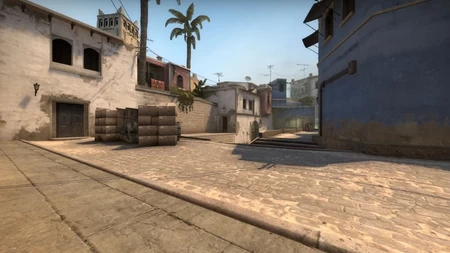Strategic map analysis is a crucial element in achieving victory in virtual gaming, offering players a distinct advantage that goes beyond mere reflexes and in-game tactics. At its core, strategic map analysis involves a deep understanding of the game’s environment, allowing players to anticipate movements, identify key locations, and make informed decisions that can turn the tide of the game in their favor. In virtual gaming, maps serve as the blueprint of the game world, outlining terrain, objectives, and resource locations. Strategic map analysis empowers players to decode this blueprint, turning it into actionable intelligence. One of the primary benefits of this analysis is that it helps players recognize advantageous positions and choke points, which can be pivotal in both offensive and defensive strategies. By understanding the layout of the map, players can predict where opponents are likely to appear, anticipate their movements, and set up ambushes or defensive positions accordingly.

Moreover, strategic map analysis aids in resource management, which is often a key component in many virtual games. Knowing where to find valuable resources or objectives on the map allows players to plan their movements efficiently, reducing wasted time and effort. This foresight can be especially beneficial in resource-intensive games where managing supplies and strategic points is crucial for maintaining an edge over opponents. The analysis also extends to understanding the map’s dynamic elements. Many games feature maps that change or evolve during gameplay, such as shifting terrain, moving hazards, or evolving objectives. By staying alert to these changes and analyzing their implications, players can adapt their strategies in real-time, ensuring that they remain competitive even as the game environment evolves. Furthermore, strategic map analysis enhances team coordination in multiplayer games. When players are familiar with the map, they can better communicate and synchronize their actions with teammates. This shared understanding of the map’s layout enables teams to execute complex strategies, such as coordinated assaults or synchronized defenses, with greater precision.
In addition to improving immediate gameplay strategies, strategic map analysis contributes to long-term skill development. By regularly analyzing different maps and scenarios, players can develop a deeper understanding of game mechanics and spatial awareness. This continual practice not only enhances their ability to read and respond to maps but also builds their overall strategic thinking skills, which are transferable to various other aspects of gaming and problem-solving. In summary, strategic map analysis is more than just a supplementary tool in virtual gaming; it is a fundamental aspect of achieving and sustaining success. By thoroughly understanding and analyzing maps, players can gain insights into advantageous positions, resource locations, and dynamic elements, which in turn allows for more effective planning, coordination, and adaptation. This comprehensive approach to cs2 active maps analysis not only enhances individual performance but also contributes to a team’s strategic depth, ultimately leading to a more enjoyable and victorious gaming experience.